Gain all the right capabilities when handling Pro forma google drive Balance Sheet Templates and enhance your productivity. Adjust and handle your financial statements online with a free DocHub account.



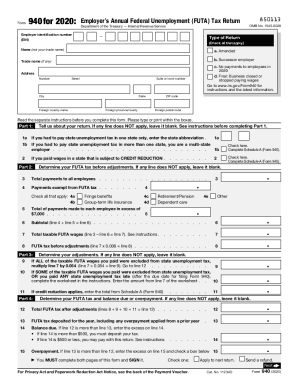
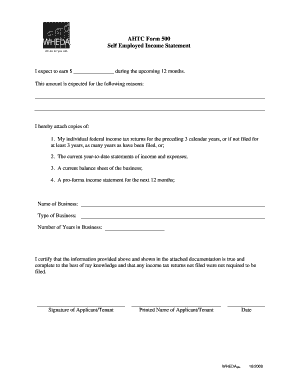
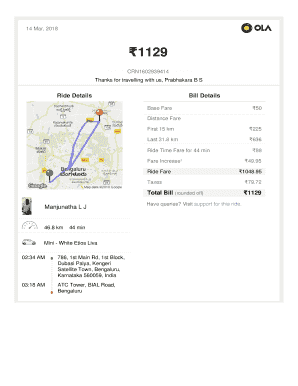
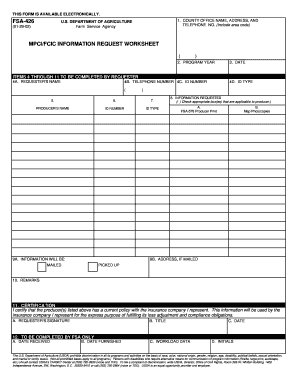
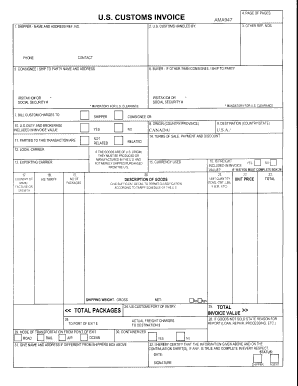

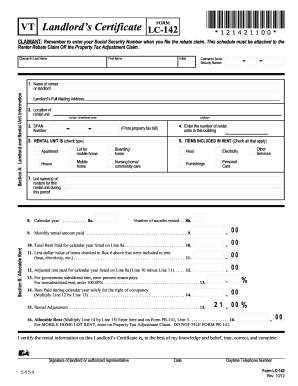
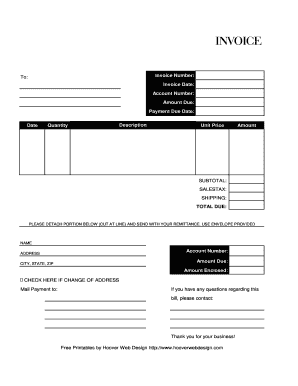
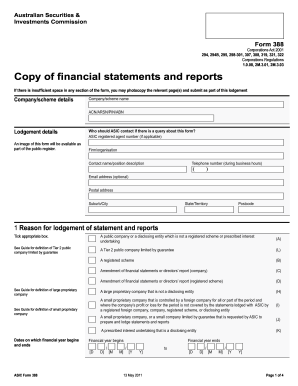
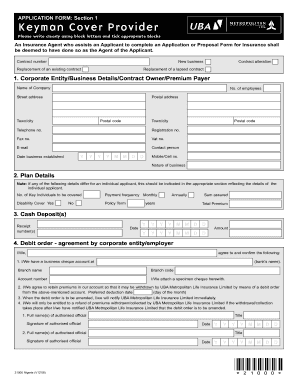




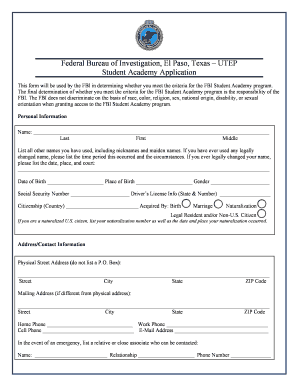
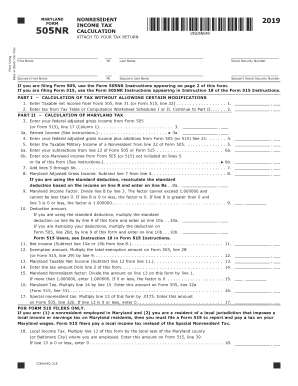
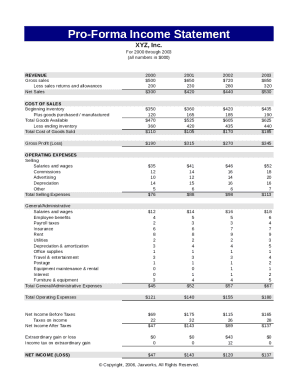
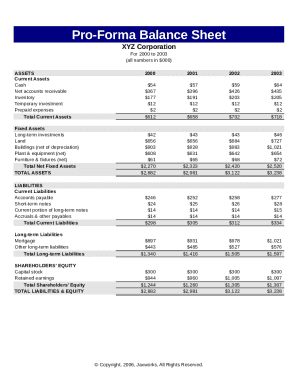
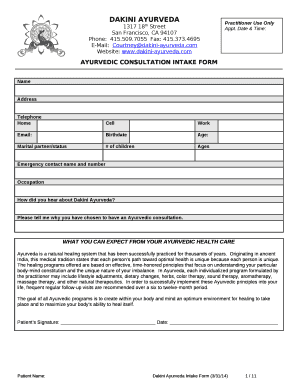
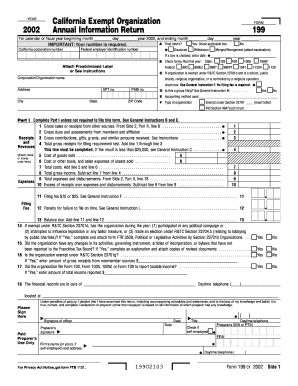
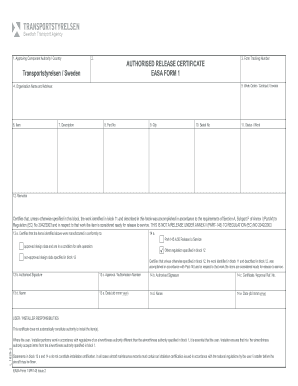
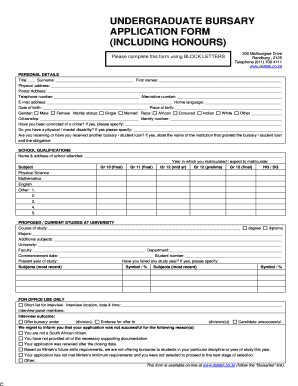



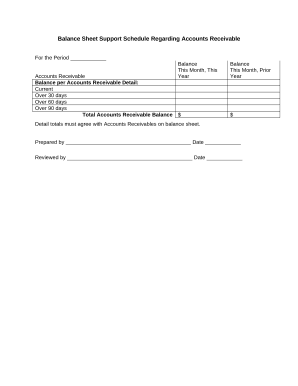
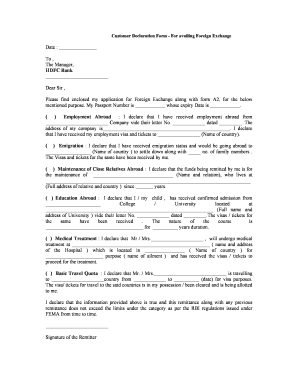

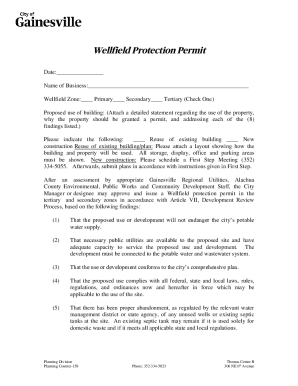

Document administration can overwhelm you when you can’t discover all the forms you need. Luckily, with DocHub's vast form collection, you can discover everything you need and easily take care of it without the need of changing between apps. Get our Pro forma google drive Balance Sheet Templates and start utilizing them.
The best way to manage our Pro forma google drive Balance Sheet Templates using these simple steps:
Try out DocHub and browse our Pro forma google drive Balance Sheet Templates category with ease. Get a free account today!